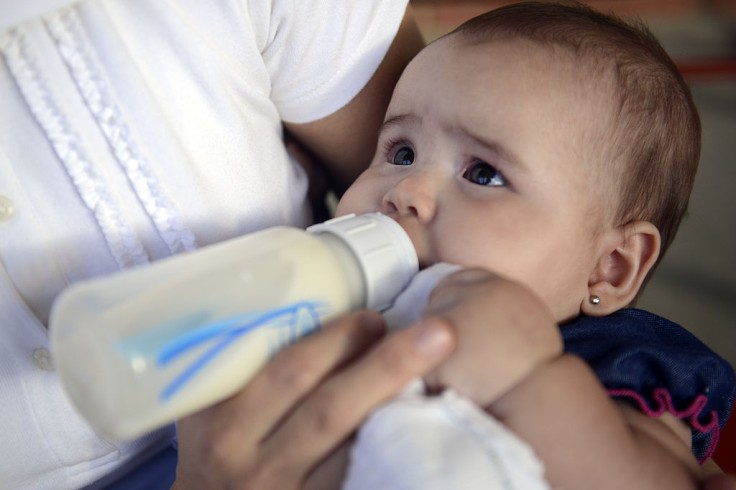
A small study on the presence and exposure of microplastics in humans has revealed that these tiny plastic particles are at least 10 to 20 times higher in concentration in baby poop than adult feces.
Experts from the New York University School of Medicine learned that a gram of baby poop contains about 36,000 nanograms of polyethylene terephthalate (PET) microplastics. In comparison, a gram of adult stool has about 2,600 nanograms, suggesting higher exposure to a potential health risk.
Microplastics, which are 5mm or smaller, have been found in bottled water, textiles and fibers, food and fruit packaging, everyday household items, and even dust particles. Aside from the environmental risks, humans ingest at least five grams of microplastics a week; thus, it can end up in stool samples.
However, lead study author Kurunthachalam Kannan said their discovery raises a serious concern. "We need to make efforts to reduce exposure in children," Kannan said. "Children's products should be made free of plastics."
Measuring Exposure to Microplastics
To determine microplastic exposure in babies, the researchers collected soiled diapers from six one-year-old children and filtered their stool specimens for microplastics. The experts also collected ten stool samples from adult volunteers and meconium (first baby poop) from infants.
All stool samples were tested for two kinds of microplastics: PET and polycarbonate (PC). The meconium samples showed an astounding 12,000 nanograms per gram of PET and 110 nanograms per gram of PC, even as the babies were only days old. The rest of the baby poop samples averaged 36,000 nanograms per gram for PET and 78 nanograms per gram for PC, while the adult stool samples showed lower concentrations.
The experts calculated that microplastic exposure in babies averaged 83,000 nanograms of PET per kilogram of body weight. Adult exposure, on the other hand, averaged 5,800 nanograms of PET.
Kannan said that infant exposure could be attributed to various environmental factors. Babies who start crawling on the floor or carpet are likely exposed to textiles with PET. Most baby products, including feeding bottles and teethers, contain microplastics as well. In a separate study published in the Nature Food journal in 2020, experts learned that warm formula milk prepared and placed in plastic baby bottles shed microplastics.
Health Implications
Kannan and the research team are still unclear on the health implications of ingesting microplastics for a more extended period, but these tiny beads are filled with chemicals due to their manufacturing process. Chemicals can disrupt endocrines in the body, impacting functions like metabolism, reproduction, and neurological health. The endocrine system in babies is vulnerable as it is still developing.
As a precaution, the experts advised parents to ditch plastic baby bottles for glass bottles, especially if they want to heat formula milk. They need to clean or vacuum their floor constantly to reduce the number of microplastics, and they should find other options for baby toys and food, avoiding plastic products altogether.
The experts published their findings in the journal Environmental Science & Technology Letters.
Related Article: McDonald's to Phase Out Happy Meal Toys Made of Plastic